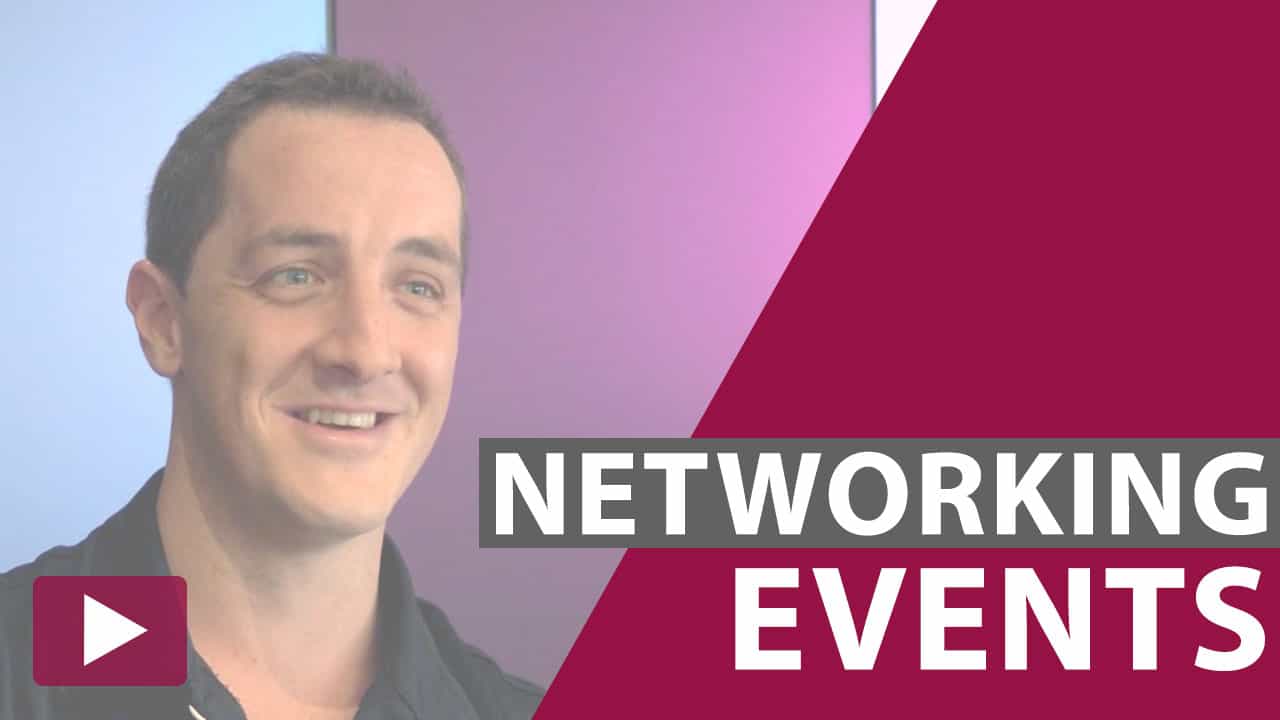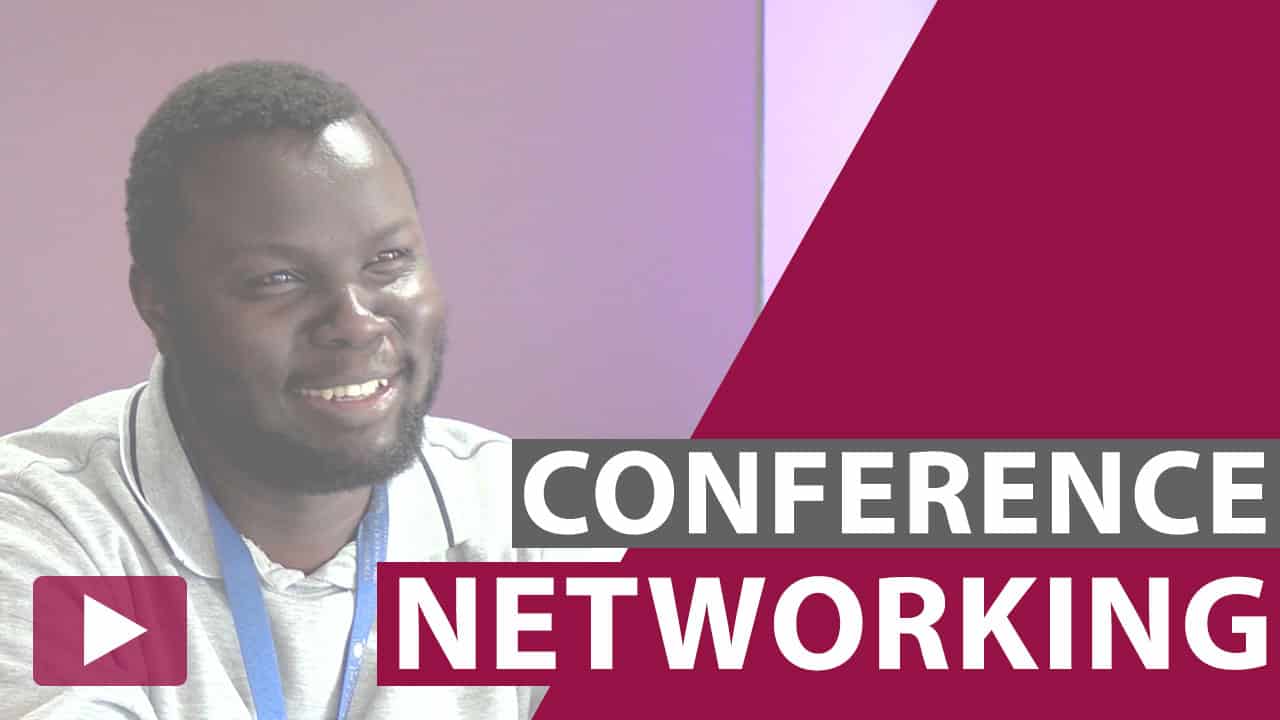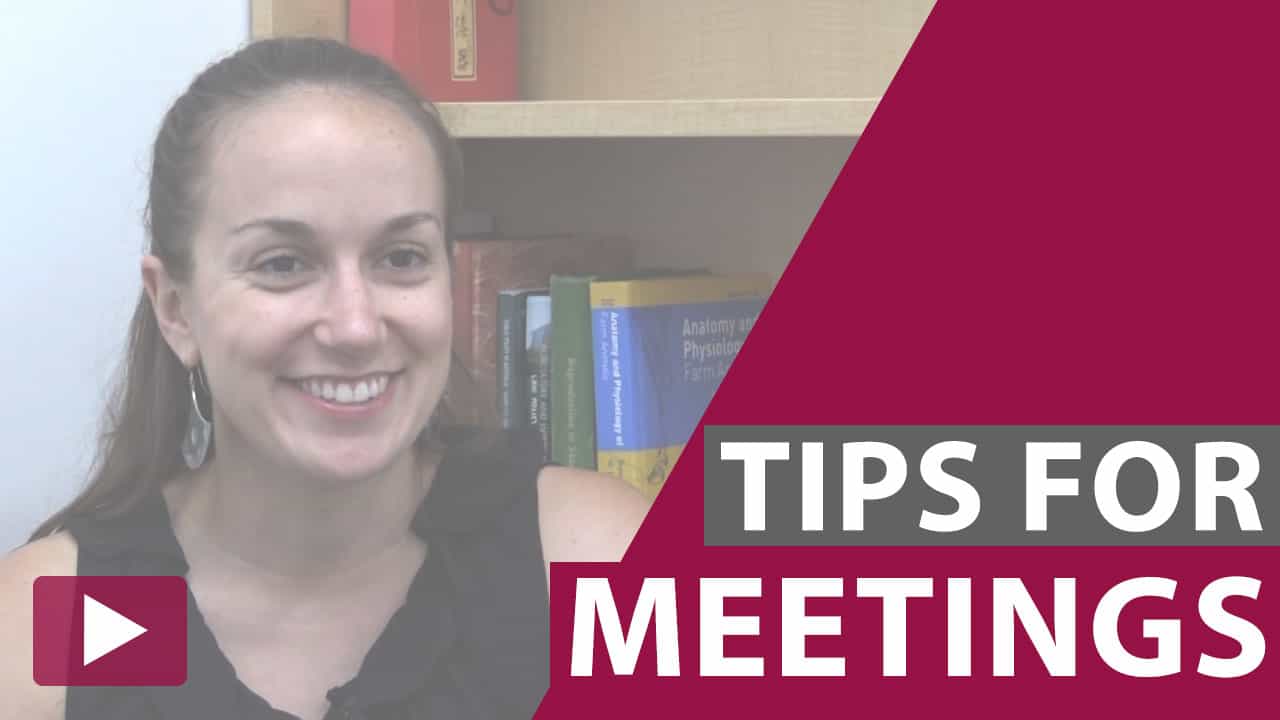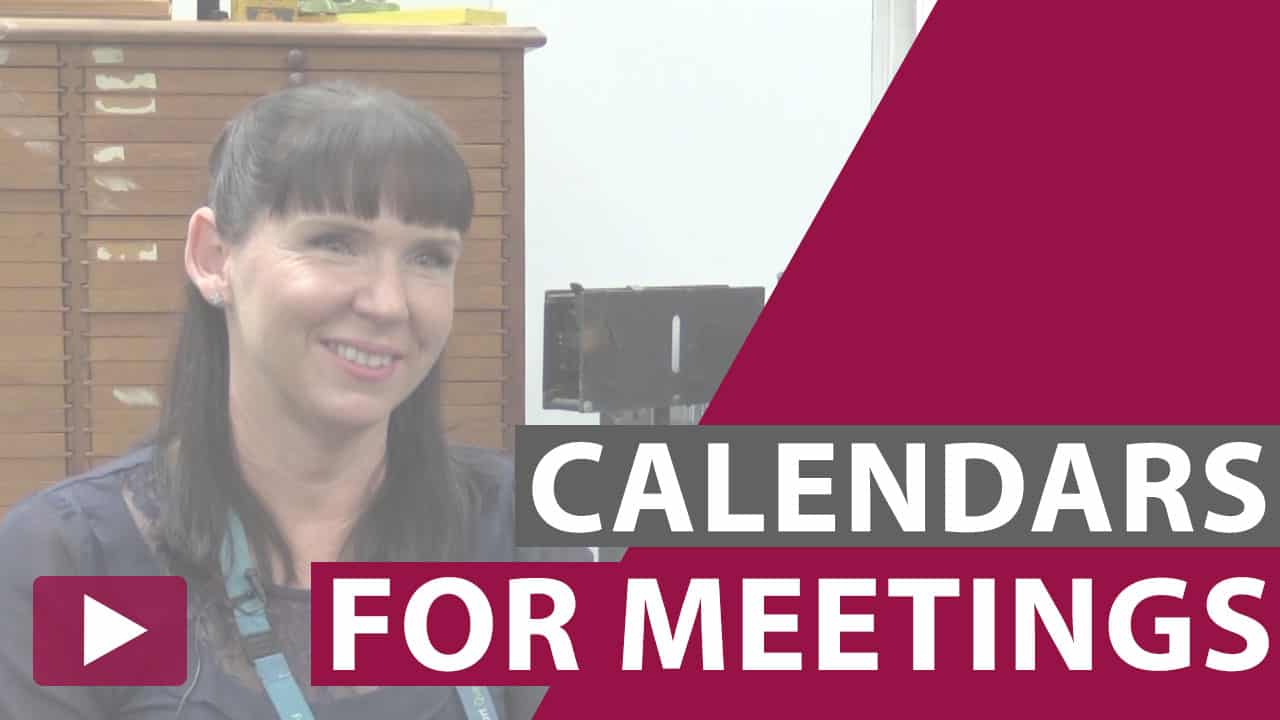Building and maintaining networks can be a really important part of a career in science. It can help you to secure a job, build relationships with potential collaborators, or increase your profile within a particular field.
Methods of networking can vary considerably, however, at its core networking is about communication. As with all communication activities, you need to consider the purpose, the audience, and the genre (in this case the genre will be an event, conference, meetings, or online conversations).
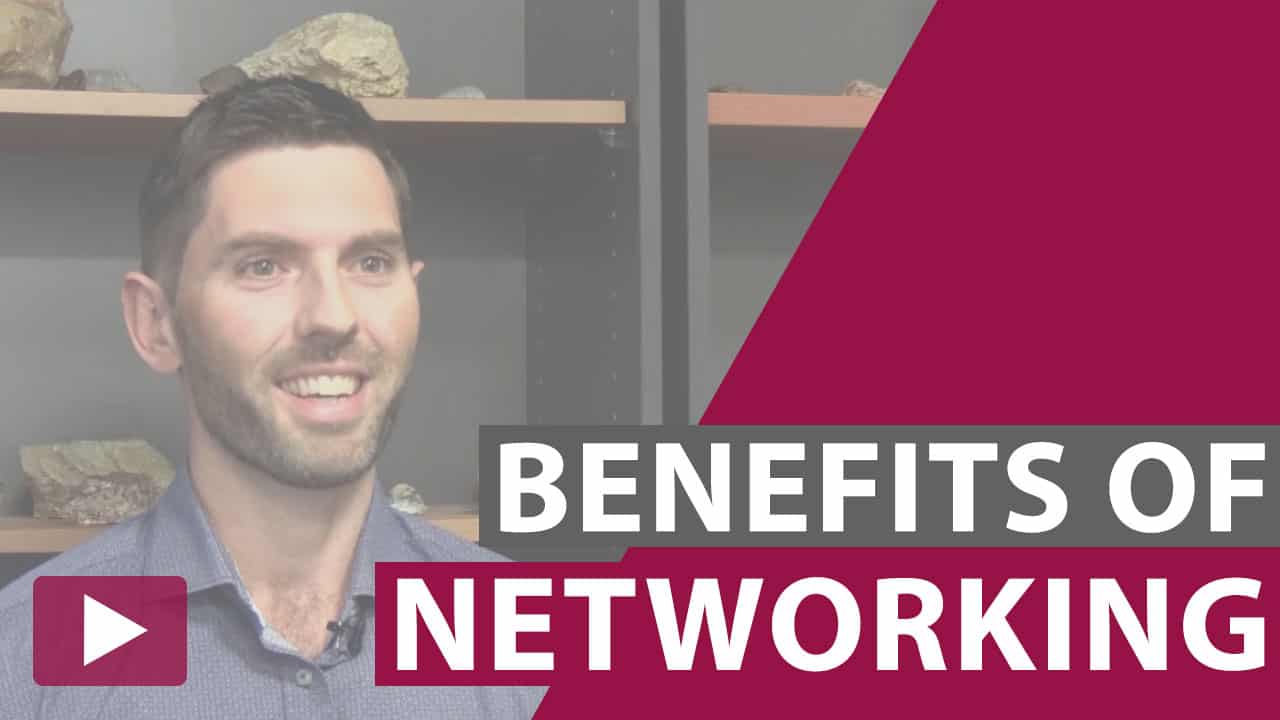
Self-presentation
Considering self-presentation is really important when it comes to networking. You will often only have brief interactions with people at networking events so it’s essential that your first impression is one that you want people to remember. Your appearance, handshake, and attentiveness when someone else is speaking will all form part the image you present to people.
When considering what to talk about, particularly when you’re searching for a job, you should try to talk about your interests, your expertise, or areas of work where you want more experience. While it’s perfectly normal to chat about topics not related to your work, to get the most out of your networking efforts you should try to limit the amount of time you spend talking about your personal life or the amusing things your dog did on the weekend.
Use the opportunity of being in a room full of knowledgeable people to learn about what they do and how things work. Networking should be a learning experience—make your questions count.
Types of networks
Similar to friendship groups, you will find that rather than having one large network, you will have multiple small networks that have a different focus and result in different interactions. For example, you may have group of contacts that focus on science communication, another group with a focus on your specific field of expertise, and another made up of colleagues at work. Each type of network will offer different opportunities and may use different methods of communication.
Think outside the box
Your networking activities don’t just have to focus on your field of expertise. It can be refreshing, and sometimes rewarding, to network with people completely outside of your field. Cross-disciplinary organisations (e.g. Women in Technology, Australian Science Communicators) can not only help you to broaden your network but also develop your ability to communicate with people outside of your field.
Networking for job opportunities
If you’re searching for a job, you may feel disappointed if you leave a networking event without anyone discussing job opportunities. It’s important to remember that networks take time to build and need ongoing attention to get the most out of them.
Try to relax at networking events and, rather than constantly thinking about finding a job, use the opportunity to meet people and connect with them. Most importantly, you need to continue to attend events and build relationships with the regular attendees. Job offers will only appear if you put some effort into talking with people and building relationships.
If you’ve met someone at a networking event that you think would be good to work with, you can easily follow up with an email and politely ask if they have any job opportunities.
Experienced science employers recommend using business cards at networking events. Even if you’re still a student, a simple business card with your name, contact details, skills, and LinkedIn URL can help to keep you in touch with someone you meet at an event.
Useful links
How to network effectively
The Cheeky Scientist
Networking for scientists
Getting help at UQ
Guide to networking (requires UQ login)
The UQ Student Employability Centre hosts workshops on networking and improving your LinkedIn profile.
Browse or search the UQ Careers events page for more details.
